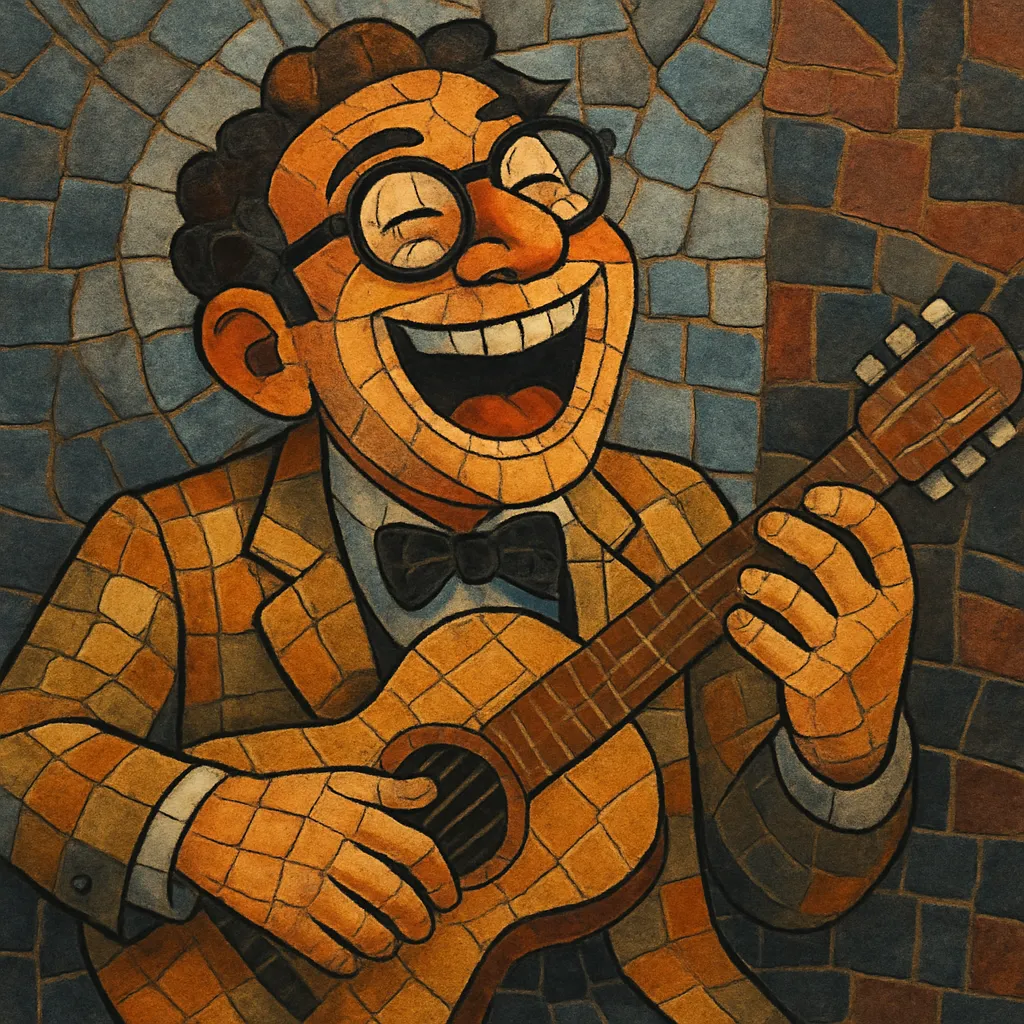Comedy rock blends the instrumentation, song structures, and energy of rock music with humorous lyrics, satire, pastiche, and parody.
Its songs often lampoon pop culture, rock tropes, and everyday life, while still delivering tight arrangements and strong hooks. Artists may mimic the sonic fingerprints of specific rock subgenres (from hard rock to surf or punk) to heighten the comedic effect, use wordplay and punchlines as lyrical “hooks,” and deploy theatrical delivery, skits, and character voices. The best comedy rock balances musicianship with timing, so the joke lands without sacrificing the groove.
Novelty and humorous songs emerged alongside early rock and roll, but comedy rock cohered as a recognizable approach in the 1960s. British acts like the Bonzo Dog Doo-Dah Band fused vaudeville and music-hall humor with beat-group instrumentation, while in the United States Frank Zappa and the Mothers of Invention brought sophisticated satire, pastiche, and absurdist skits into rock album formats. These artists demonstrated that comedic material could live inside serious studio productions and album-oriented rock.
Through the 1970s, comedy-minded records and stage shows gained cult followings, aided by countercultural radio (notably Dr. Demento in the U.S.). The mockumentary film This Is Spinal Tap (1984) codified a self-referential, insider brand of rock satire that lampooned metal excess while delivering credible riffs. “Weird Al” Yankovic broke into the mainstream in the 1980s by pairing sharp parodies and pastiches with rock and pop arrangements, normalizing the idea of radio-ready comedic singles.
The alternative boom widened the lane for witty, offbeat songwriting. They Might Be Giants, The Dead Milkmen, and The Presidents of the United States of America delivered hooky, quirky rock with deadpan humor and surreal narratives. Parody and pastiche proliferated, and tribute/spoof projects like The Rutles or Dread Zeppelin showed how faithful stylistic mimicry could be a core comedic device.
The 2000s brought Tenacious D’s arena-scaled acoustic-to-metal shtick and Flight of the Conchords’ dry, character-based songs that translated seamlessly to TV. Online platforms and streaming lowered barriers for parody and sketch-adjacent music videos, accelerating the spread of comedy rock. Contemporary acts often hybridize with pop-punk, metal, and indie, proving the form can thrive both as meticulous studio pastiche and as raucous live entertainment.
Start with a clear comedic premise (satire, character monologue, cultural parody, or absurd scenario). Write lyrics with a strong comedic arc: set-up, escalation, and payoff. Use devices such as wordplay, rhyme-based punchlines, misdirection, and callback jokes. Keep choruses memorable so the joke and hook reinforce each other.
Pick a rock substyle (e.g., hard rock, punk, surf, power ballad) and study its trademarks: tempos, drum grooves, guitar tones, chord moves, and production clichés. Exaggerate those traits for comic effect. Insert “musical jokes” (sudden key changes, false endings, over-the-top drum fills, or a gratuitous guitar solo) to heighten the humor without derailing the song.
Use a standard rock setup—drums, electric bass, electric/acoustic guitars, and vocals—adding keys or auxiliary percussion as needed. Harmony can be straightforward (I–IV–V, I–V–vi–IV) to spotlight the lyrics, or deliberately overcomplicated to parody prog/metal tropes. Ensure tight ensemble playing so comedic timing (stops, hits, tempo drops) feels intentional.
Deliver lines in character when appropriate; vary timbre and phrasing to sell jokes. Double vocals on punchlines, add call-and-response ad-libs, and place comedic sound effects sparingly for clarity. Produce with the authenticity of the target subgenre (amp choices, drum tuning, room ambiance), because convincing sonics make the parody land.
On stage, use stagecraft—costumes, scripted banter, and mock bravado—to amplify humor. If doing direct parodies, mind copyright and fair use; for pastiche, create original melodies and lyrics that emulate a style rather than a specific song. Above all, let the band be musically solid; strong grooves and arrangements make the jokes hit harder.


